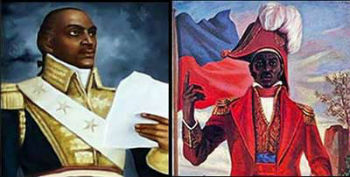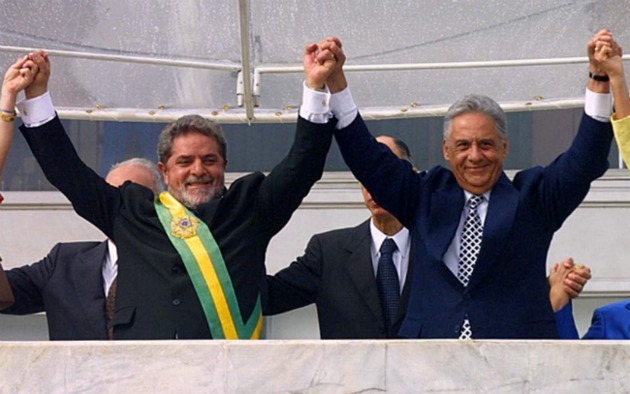The ancient Egyptian religion was the combination of myths, beliefs and religious practices in the Ancient Egypt. This combination was extremely important in the life of the Egyptians for influencing them in several aspects. Polytheistic religion, that is, this set of beliefs was composed of several gods, among which Ra, Osiris, Isis and Horus stood out.
The Egyptians believed in the continuity of life after death and that life on earth would be just one of the stages of existence. The religious belief of the Egyptians was based on a principle known as “maat”, which represented an idea of harmony. In this sense, they believed that each person's actions reflected not only themselves, but everyone. So, to prevent chaos from being installed in the universe, each person should do their part to maintain this harmony. This principle was associated with the goddess of the same name.
Another important concept of the Egyptian religion was what was called “heka”, which means magic. This concept also represented a god of the same name (the god of magic) and was fundamental to the Egyptian religion, as it was only from the heka that the gods could manifest their power.
The Egyptian gods were related to everyday situations, so for these ancient people, the events of nature happened as a divine manifestation. The Nile floods, for example, were considered a gift from the gods. Furthermore, the Egyptians believed that some common practices had been taught by the gods, such as believing that agriculture was taught to humans by Osiris and mummification by Anubis.
The Egyptian gods could be represented in different ways, taking the forms:
Anthropomorphic: human form;
Zoomorphic: animal form;
Anthropozoomorphic: human and animal form.
The Egyptians still had large temples built dedicated to the worship of their gods, and these places were the responsibility of the priests. Priests were also given the obligation to hold religious festivals. In Ancient Egypt, there were both male and female priests, and they could marry, raise a family, and own private property.
Life after death
The Egyptians, as stated above, believed in the continuity of life after death and, therefore, their funeral ritual was of great importance. For the continuity of life, it was believed that there should be a process that would guarantee the preservation of the human body. The belief in the afterlife and funeral rites was so strong in Egypt that, for a long time, the Egyptians avoided campaigns very long military personnel abroad, as they feared they would die outside their territories and not receive the rites necessary for continuity of life.
Based on this belief, the mummification process it was fundamental, and the Egyptians claimed that this practice had been taught by the gods (there was a myth that told the story of Anubis' mummification of Osiris). This mummification process lasted around 70 days and consisted of removing the organs, except the heart, bathing the body in special oils and resins and bandaging it with linen. Due to its high value, only the Egyptian aristocracy could use this practice of preserving bodies. The lower classes performed a simpler funeral process, while slaves did not receive any type of funeral treatment.
The construction of large funerary tombs, such as the mastabas and the hypogeus, was also based on this concern with the continuity of life. The best known Egyptian funerary constructions, however, were the pyramids, erected at the behest of the pharaohs. In these places, all objects believed to be useful in the afterlife were deposited.
Take the opportunity to check out our video classes related to the subject:



